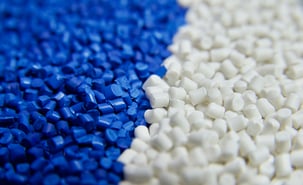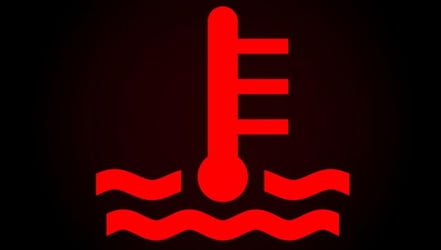
Purchasing the right purging compound grade for your plastics processing needs is the first step toward faster color and resin changeovers, and less scrap and carbon contamination elimination. Yet, many processors still look at purging compounds as a means to an end, a reactive purchase made in a dire situation.
A reactive method – instead of a proactive, preventative maintenance method – to the purging process is not the way to reduce downtime and improve your cost savings.
An innovative, high-quality purging compound is only part of the solution. You must also ensure your entire crew is up to speed on proper purging procedures, techniques, and best practices to truly achieve efficiency and cost savings.
Purging compounds are designed to be used in specific ways for certain purging issues. Proper training on purging procedures and following instructions are important to obtain the maximum cleaning power of the product you purchased.
Overuse or underuse of a purging compound, other than what is required, is a common mistake among plastic processors. Using too little or too much could lead you to conclude that the purging compound doesn’t work or that it is too expensive, without realizing the true cost-benefit and cleaning power.
The Best Approach to Effective Purging Processor Training
You should not assume you know how to use a purging compound just because you’ve used a purging agent before. A different grade or product from a different manufacturer could entail different operating temperatures or other varying parameters.
Follow these four steps to formulate an effective purging process training program for your crew:
- Speak with your technical sales representative about the resins, processes, and operating temperatures for your applications.
- Base your training program on the procedures that your technical sales representative provides.
- Make sure all of your operators are trained per the instructions and make the operators sign off on the training to promote ownership.
- Perform random audits of purging procedures to ensure your operators are using the product correctly and efficiently. (For example, make sure they are not using the “auto purge” feature on the molding machine or extruder.
How Often Should Employees Be Trained On Purging Processes?
Employees should be trained on purging procedures every time they are new to using a purging compound or a different grade. Anytime a new variable is introduced, whether it be a new employee or a new resin or purging compound, training should occur.
Each time a new employee has joined a molding/extrusion team, they should be trained on the purging procedures. If you’re introducing a new grade of purging compound for a different resin application, you need to train your crew.
Most importantly, purging training isn’t a one-and-done situation. Periodic training, such as a yearly refresher course, may help correct any issues with your current purging procedures.
Your purging compound supplier should offer you detailed, step-by-step instructions, specific machine settings, and other helpful tips to maximize the purging benefits. Ideally, your supplier should also offer you online resources and training options so your entire crew is brought up to speed on best practices for purging.
Ready to reduce your production downtime to protect your profits? Request a Free Sample of Asaclean today.

Tom Hanvey is the Product Manager for Sustainability for Asahi Kasei Plastics North America. Before joining APNA, he worked as the Senior Marketing Manager for Asaclean Purging Compounds. He's worked in the plastics industry for over 8 years and focuses on recyclable resins and on the inbound marketing side, providing easy-to-digest content to processors looking for an edge on their competition.







Comments